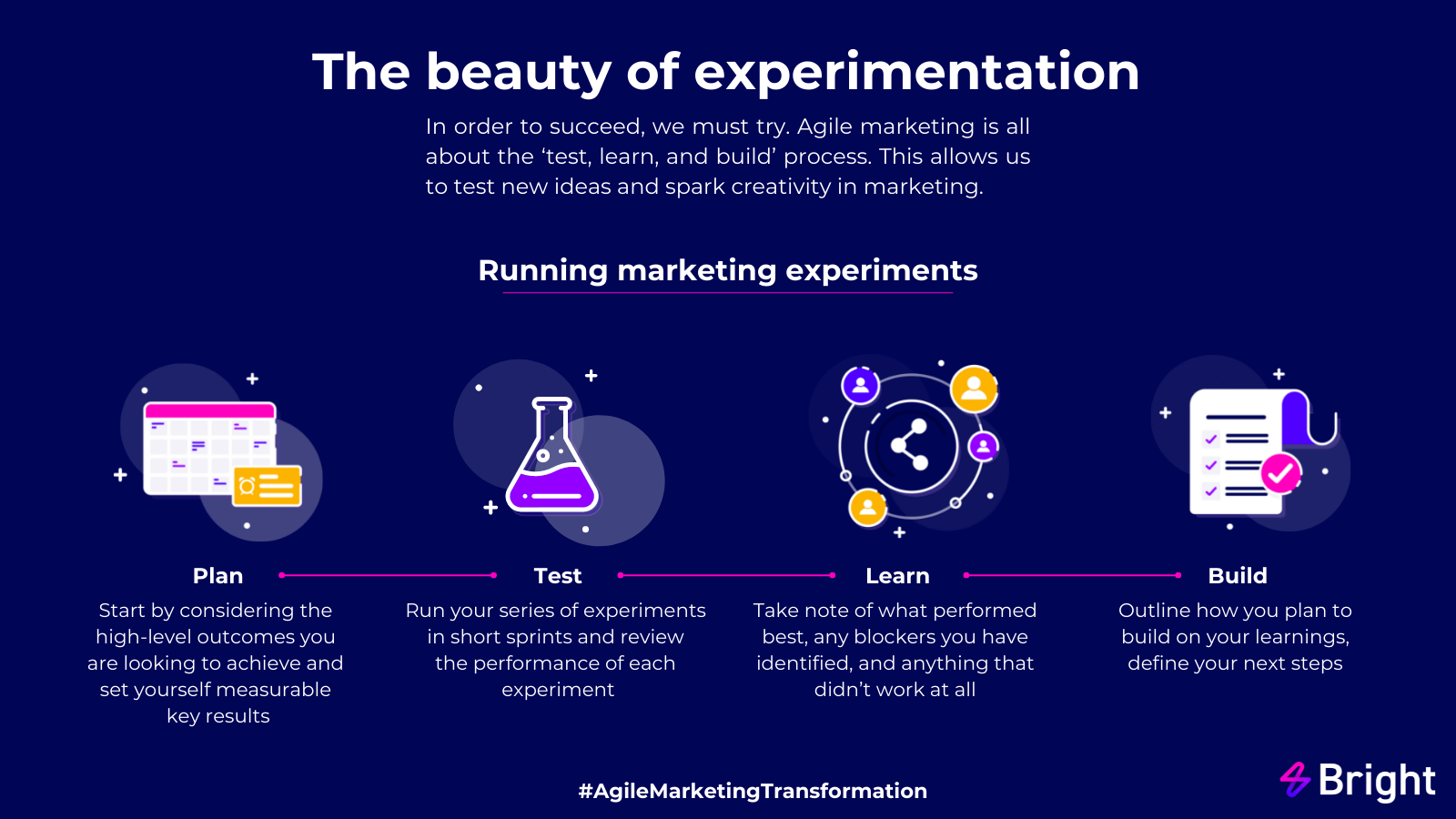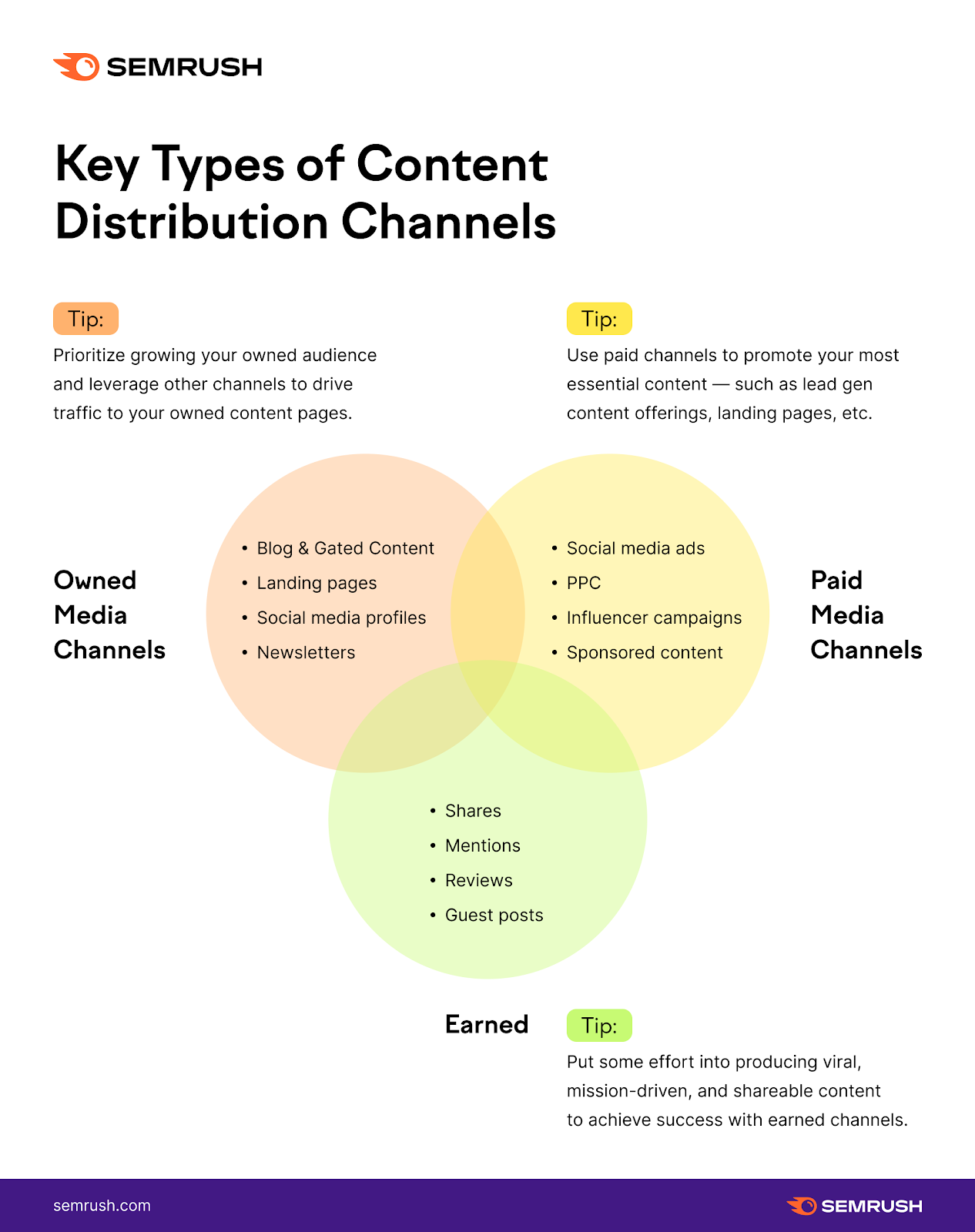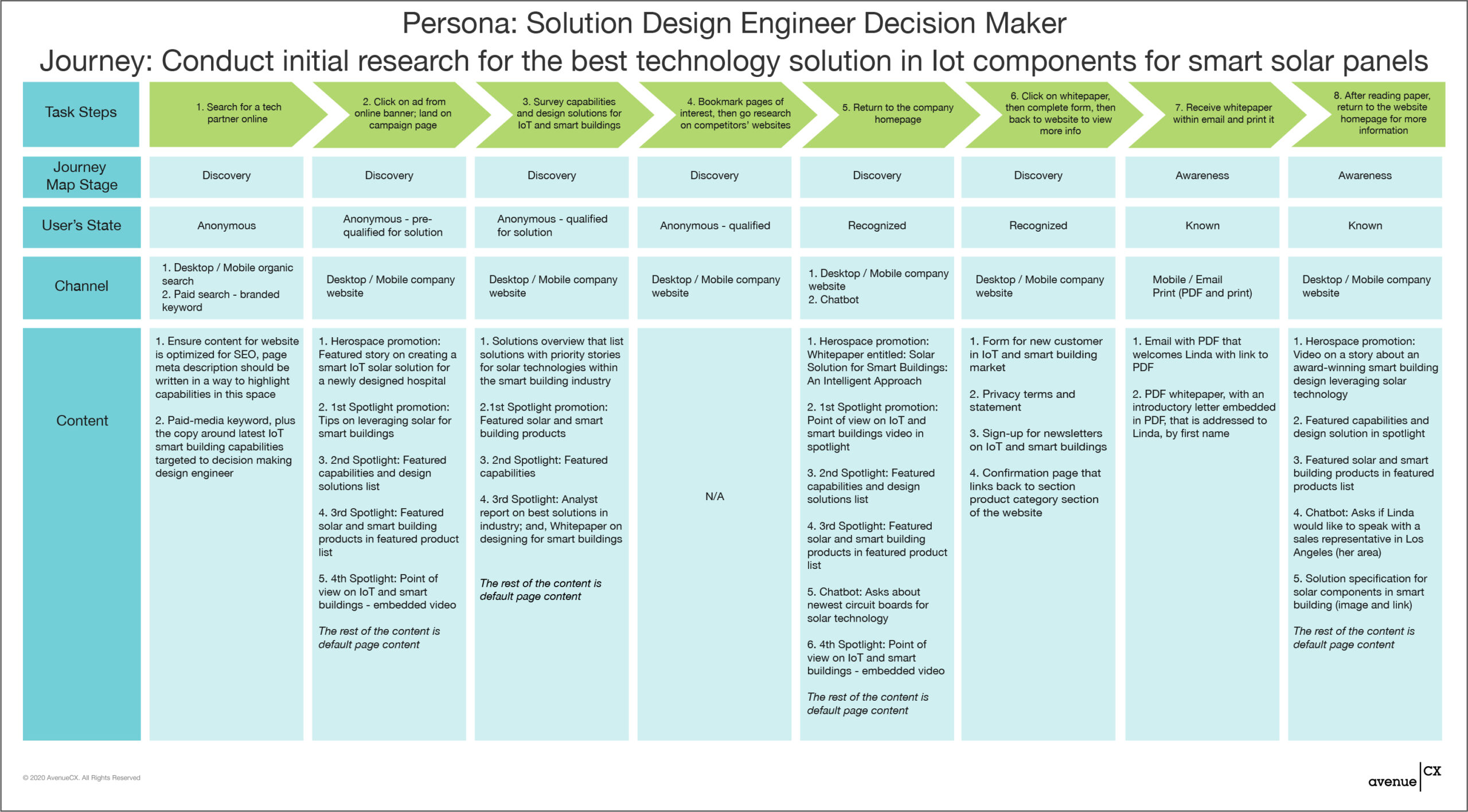I know you're probably up to your ears in decisions—launch timelines, user onboarding, revenue models—but let's take a moment to chat about something you might be ignoring or maybe not giving the importance it deserves. Content marketing. Yes, that buzzword you keep hearing about but maybe haven't quite gotten around to understanding fully or implementing seriously. You know, it's understandable—your to-do list is probably longer than a VC’s rejection email. But trust me, content marketing deserves a spot near the top of that list. It can be your best salesperson, your most loyal advocate, and your secret growth engine—if done right.
Let's dig into how to make content marketing work for your startup.
Why Bother with Content Marketing?
The Playbook for Trust and Visibility

Startups often live or die by how quickly they can earn trust. You've got a new brand, limited track record, and the clock is ticking to capture market share before competitors swoop in. This is where content marketing shines. Good content isn’t just about SEO (though that matters too). It’s about creating a voice that people can trust, delivering insights that prove you know your space, and providing value before you ever ask for a credit card number.
Think about it: when people encounter your product or brand for the first time, they need something to anchor their opinion of you. Blog posts, insightful LinkedIn posts, videos, podcasts—they’re all signals that say, “Hey, we know what we’re talking about.” Building this content gives you a chance to be a thought leader in your field, even if you haven’t captured the entire market yet.
Plus, let’s be real, advertising is getting expensive. The average cost-per-click has soared over the years, and organic reach is getting squeezed tighter than a stress ball at a funding pitch. Content marketing can still get you in front of your audience without relying solely on the mercy of ad platforms. Once a piece of content is published, it’s like a durable asset that keeps pulling in readers, leads, and clicks for weeks, months, and sometimes even years. It’s more of a long game, sure, but startups that master this are the ones that end up not needing to panic every time there’s an algorithm change.
Set Your Content Marketing Foundation: The Essentials
Step 1: Understand Your Audience (No, Really)
| Persona Element | Example | Purpose |
|---|---|---|
| Demographics | Age: 28-35, Location: Urban US | Basic categorization |
| Psychographics | Motivations: Efficiency, Status | Understanding deeper motivations |
| Challenges | Struggles with work-life balance | Pinpointing the problems they need solving |
| Preferred Content Format | Podcast, Blog Post | Knowing how to best reach them |
| Preferred Platforms | LinkedIn, Twitter | Knowing where they spend their time |
It sounds basic, but you’d be surprised how many startups get this wrong. Your audience isn’t just "tech-savvy millennials" or "small business owners." Drill down deeper. Think psychographics, not just demographics. What keeps them up at night? What conversations are they having over coffee with peers? What problems are they solving, and how do they currently solve them?

You can’t just assume you know your customer because you yourself have a problem you’re solving. Spend time on Reddit forums, niche Facebook groups, and Slack channels. Stalk (politely!) industry hashtags on LinkedIn and Twitter. This will give you the insight to create not just relevant content but the type of content that hits home—the kind of stuff people want to share because it’s like you’ve crawled inside their heads.
Pro Insight: There’s a principle from journalism called the "so what" factor. For each piece of content, keep asking yourself "so what" until you arrive at a point that hits the core emotion or need of your audience. If you find yourself getting stuck at generic reasons like "it saves time," dig deeper. You’re looking for the visceral "so what" that truly connects.
Step 2: The Content Strategy That Fits Your Startup
Your content strategy has to match both your audience and your growth stage. Are you in stealth mode? Then you're in educational content territory—build awareness. Just launched your MVP? Now you need use-case content—here’s how to solve problem X with tool Y (hint: Y is your product). Got some traction? Start focusing on success stories and thought leadership.

Here’s a simple guide:
| Stage | Content Type | Goal |
|---|---|---|
| Pre-Launch | Foundational Blog Posts, Guides | Awareness & Authority |
| Early Product Launch | How-To Content, Product Tutorials | Problem-Solution Awareness |
| Traction & Growth | Case Studies, User Stories, Comparison Posts | Build Trust & Conversion |
| Scaling Up | Thought Leadership, Industry Reports | Brand Building & Loyalty |
Founder's Note: Don't be scared to use your voice. People gravitate towards authenticity. The key isn’t to sound like a big corporate entity—the key is to be you, but more insightful, more consistent, and with a touch of strategy.
Creating Content That People Actually Want to Read
Step 3: Find Your Content Angles (and Inject Personality)

Look, no one needs another bland blog post on "10 Tips for Better Productivity" unless you’re bringing something new to the table. The trick is to inject your startup's personality into your content. Think about it—as a founder, you probably have stories about building your business that are unique. You’ve got insights that you take for granted but that your audience will find fascinating.
A great way to find your angles is to reflect on:
- Conversations you keep having: If you find yourself explaining the same concept to friends, users, or even your own team, it’s ripe for a blog post or a Twitter thread.
- Unique perspectives you have: Do you have an opinion that’s a bit contrarian? Do you see the industry in a slightly different way than others do? Write about it. Contrarian content often performs well because it stands out.
Also, don’t be afraid to show some personality—be a little vulnerable, share the failures, and definitely don’t shy away from humor. Think of your content as if you were talking to a smart friend—they want depth, yes, but they also want a bit of wit and charm along the way.
Step 4: Experiment Like a Growth Marketer
| Content Format | Engagement Metric to Track | Goal |
|---|---|---|
| Blog Posts | Dwell Time, Social Shares | Deep Engagement, SEO Traffic |
| Videos | Average Watch Time, Click-Through | Engagement, Branding |
| Infographics | Shares, Backlinks | Visual Content Engagement, SEO Improvement |
| Podcasts | Listen Duration, Follower Count | Building Trust, Regular Engagement |
| Social Media Posts | Likes, Comments, Shares | Quick Engagement, Visibility |

Here’s something people don’t talk about enough—your first few pieces of content will probably flop. That’s normal. Content marketing is part art, part science, and the science bit is experimentation.
- Test different formats: Some audiences prefer long-form essays. Some like videos. Some want quick LinkedIn posts they can digest while waiting for a coffee. You don’t need to master all the formats at once, but start experimenting and see what resonates.
- Distribution channels: Posting on your blog isn’t enough. Try sharing content on Reddit (in relevant subreddits), submitting pieces to Medium publications, or syndicating to LinkedIn Pulse. Your audience is scattered, so you need to scatter your content, too.
- Repurpose like a pro: One blog post can turn into a LinkedIn carousel, a Twitter thread, a podcast episode, and even an email drip sequence. Each format reaches a slightly different audience. Think of your content like leftovers—in a good way. You want to keep remixing it until every ounce of value is consumed.

Stat Spotlight: According to HubSpot, businesses that blog get 67% more leads compared to those that don’t. And yet, many startups treat it as a nice-to-have rather than a critical component of their growth stack.
Building Momentum: Content Distribution Matters More Than You Think
Step 5: The 80/20 Rule of Content Distribution

A lot of startups make this mistake—they put all the effort into creating a beautiful, insightful piece of content, and then they just... publish it. And that’s it. No distribution strategy. No attempt to get it in front of actual eyeballs.
Remember the 80/20 rule: Spend 20% of your time creating content, and 80% of your time promoting it. Especially in the beginning, content won’t magically find its audience without a little push. That means reaching out to people who might find it valuable, sharing it on social media, optimizing for SEO, and considering paid amplification if it makes sense.
- Email Outreach: This could mean sharing a piece with potential partners, bloggers, or even a Reddit community if it’s highly relevant to them. But, personalize it. Nobody likes a generic email.
- Social Channels: LinkedIn is particularly gold for B2B startups. Twitter works well if you’re in a tech-savvy space. The idea is to understand where your audience hangs out and share content where they’re most likely to see it.
- SEO Basics: At some point, search traffic will be critical. Start thinking about keywords early on. The key here is relevance—pick keywords that are actually important to your specific audience, not just high search volume terms that are impossible to rank for. Tools like Ahrefs or SEMrush are helpful, but don't get bogged down—at the startup stage, it's often enough to pick a few strategic keywords and just start writing.
Distribution Cheat Sheet:
| Channel | Use Case | Example |
| B2B Thought Leadership, Personal Branding | Sharing industry insights | |
| Quick Updates, Engaging Short-Form | Industry news, witty observations | |
| Reddit/Forums | Niche Engagement | Posting in topic-specific subreddits |
| Medium | Brand Awareness | Publishing opinion pieces |
| Email Newsletters | Loyalty and Community Building | A roundup of top blog posts |
Metrics: Measure What Matters
Step 6: Vanity Metrics vs. Business Metrics

It’s easy to get lost in page views and social shares. Don’t. Content marketing is only effective if it aligns with your startup’s larger goals.
Here’s a smarter way to look at it:
- Engagement Over Traffic: Look at dwell time. Are people sticking around to actually read your stuff, or do they bounce after a few seconds?
- Conversions: Is your content converting readers into subscribers or free-trial users? Place content at different stages of the funnel to see where it's working best.
- Qualitative Feedback: Don’t underestimate direct responses from your readers. If someone tells you your post helped them decide on your product, that’s gold.
| Content Goal | Metric to Measure | Example |
|---|---|---|
| Increase Awareness | Page Views, Social Shares | Number of new website visitors |
| Build Trust | Average Dwell Time, Comments | Time spent on article, reader feedback |
| Drive Conversions | Email Sign-Ups, Call-to-Action Clicks | Percentage of readers who subscribe |
| Improve Engagement | Returning Visitors, Bounce Rate | Number of recurring visitors, low bounce rate |
| Drive Loyalty | Newsletter Opens, Retention Rate | Percentage of users re-engaging with content |
One quick metric tip—don’t try to measure everything at once. Pick one or two KPIs to start with. Maybe that’s email subscribers, maybe it’s time on page. Nail that, then expand.
Common Pitfalls to Avoid
Step 7: Content Without Context

Creating content without considering where it fits in your customer journey is a common mistake. Think of your content as bread crumbs leading your customer along a journey. If you’re writing something educational, make sure you offer a path that leads to a demo, a download, or a relevant guide. Otherwise, your readers will leave, informed but unattached.
| Customer Journey Stage | Content Type | Example |
|---|---|---|
| Awareness | Foundational Blog Posts, Infographics | "What is XYZ Problem?" Overview Guides |
| Consideration | How-To Guides, Product Tutorials | "How to Use Our Tool to Solve XYZ" |
| Decision | Case Studies, User Stories | "How Company X Benefited Using Our Tool" |
| Retention | Loyalty Emails, Advanced Tutorials | "Tips to Get Even More Out of Our Product" |
Don’t Get Stuck in Analysis Paralysis: Yes, SEO is important, but at this stage, relevance trumps perfection. The best time to start creating content was yesterday; the second-best time is today. Don’t overthink it—just start.
Step 8: Ignoring Your Distribution Muscle

Your first articles probably won’t take off on their own. You need a plan to get them in front of the right people. That means using personal networks, direct outreach, social platforms, and SEO—every available tool to build that initial audience. Like I said, 20% creation, 80% promotion. Don’t publish and pray.
Wrapping It Up: The Startup Content Growth Loop
Effective content marketing, for a startup, is a growth loop. Each piece of content attracts a little attention, which generates a little traction, which gives you some credibility, which makes it easier to attract more attention—and so the loop continues.
Yes, it takes time. Yes, it’s less flashy than throwing a bunch of money at paid ads. But content is an asset, and in the scrappy startup world, assets are everything. They help you punch above your weight class, earn trust, and build relationships at scale.
So, founder-to-founder: take that hour a week to write, record, or script. Talk to your audience. Experiment. Content marketing can feel a bit like throwing spaghetti at the wall, but with a bit of consistency and focus, you’ll start seeing which pieces stick. And that’s when the magic happens.
Need a bit of help with that strategy? You know where to find me—at DataDab, where we’re all about getting you the attention (and growth) you deserve.
FAQ
1. What is content marketing and why is it important for startups?
Content marketing involves creating and sharing valuable content to attract and retain customers. For startups, it builds trust, establishes authority, and generates leads without relying solely on expensive ads.
2. How should I start with content marketing for my startup?
Start by understanding your audience deeply. Create personas, identify their pain points, and develop a content strategy that addresses their needs with relevant content.
3. How long does it take to see results from content marketing?
Content marketing is a long-term strategy. You may start seeing initial traction within 3-6 months, but it usually takes a year or more to see consistent, significant results.
4. Which type of content should I focus on first?
This depends on your audience and growth stage. Early-stage startups often benefit from educational blog posts, while growing startups may benefit more from case studies and thought leadership content.
5. How often should I publish new content?
Quality is more important than quantity. Start with a consistent, achievable schedule—such as one blog post per week—and adjust as you find what resonates best with your audience.
6. How do I distribute my content effectively?
Leverage the 80/20 rule—spend 20% of your time creating and 80% promoting. Use social media, email outreach, SEO, and partnerships to distribute content and reach your target audience.
7. What are vanity metrics and why should I avoid focusing on them?
Vanity metrics, like page views and likes, look impressive but don’t directly contribute to business goals. Focus on meaningful metrics like conversions, dwell time, and customer feedback.
8. How do I use content marketing to generate leads?
Create valuable content that addresses your audience's needs, and add clear calls-to-action such as sign-up forms, gated content offers, or demo requests to convert readers into leads.
9. How do I ensure my content aligns with the customer journey?
Map out your customer journey stages—from awareness to decision—and align each piece of content with a specific stage to guide your audience through the funnel effectively.
10. How do I measure the success of my content marketing efforts?
Track metrics such as engagement (dwell time), conversions (lead generation), and qualitative feedback from readers. These metrics help determine how well your content resonates and contributes to growth.







